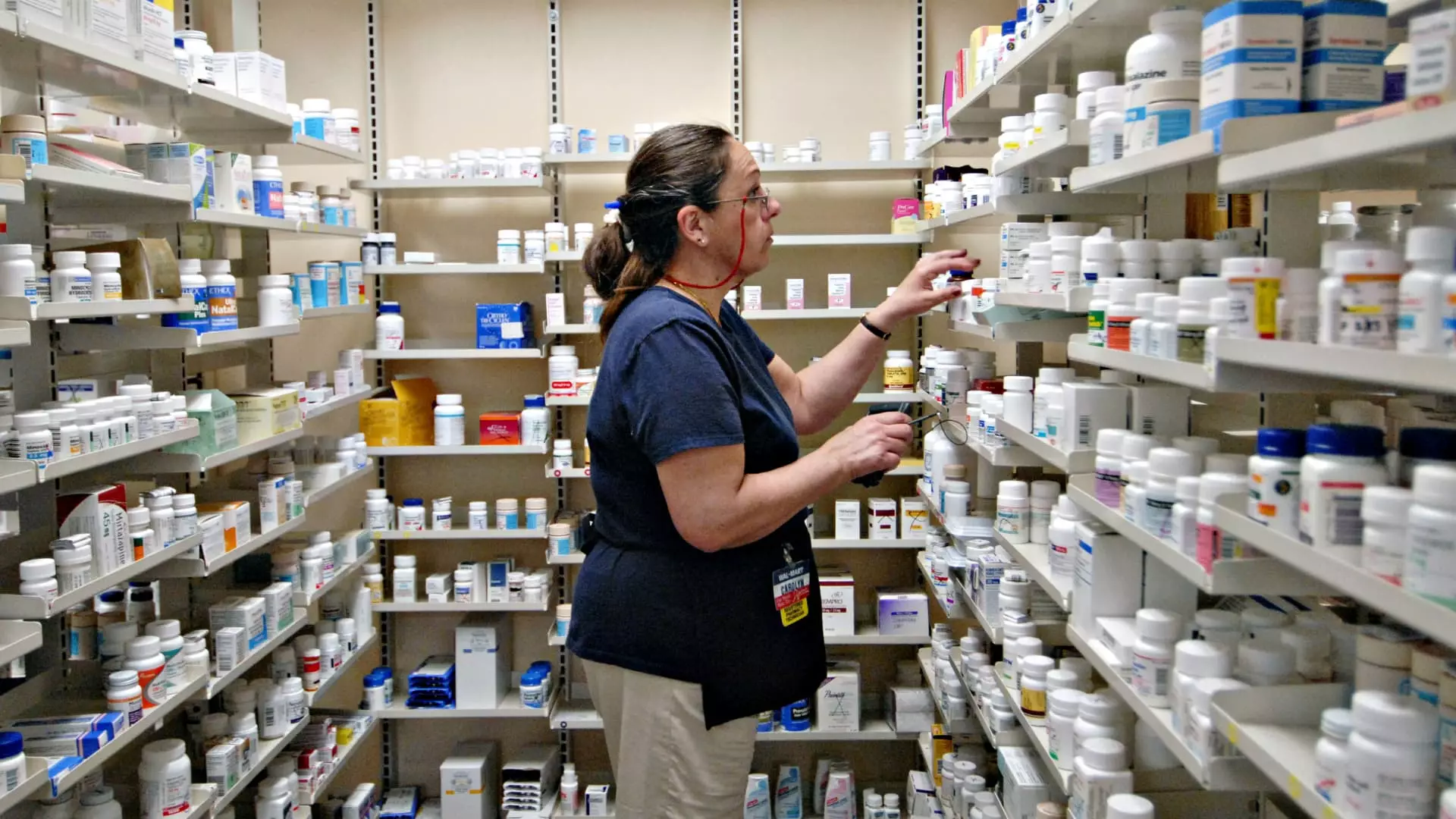The cost of prescription medications in the United States has been steadily rising, with a staggering 37% increase since 2014. This rise in prices has far exceeded the rate of inflation, leading to higher out-of-pocket expenses for consumers. The average American now spends $16.26 out of pocket per prescription, according to data from GoodRx. This trend is especially impacting those who have high deductible plans, no insurance, or find themselves paying a significant amount out of pocket. The share of the cost borne by patients continues to grow due to escalating copays, coinsurances, and deductibles. Over the past decade, the average person’s deductible has nearly doubled, and copays are on the rise.
Compounding the issue of rising medication costs is the reduction in insurance coverage. GoodRx’s analysis of more than 3,700 Medicare Part D plans from 2010 to 2024 revealed a 19% drop in the portion of medications covered. This decrease in coverage has had a threefold impact – rising costs due to increased prices, difficulty in accessing medication or pharmacies, and decreased insurance coverage. The combination of these factors has created a challenging environment for consumers to afford and access the medications they need.
On average, Americans pay two to three times more for prescription drugs compared to consumers in other developed countries, according to the White House. This disparity in costs has caught the attention of President Joe Biden, who has made lowering drug expenses a priority. The Biden administration has implemented various measures to address the issue, including reducing out-of-pocket drug expenses for Medicare beneficiaries. This move is aimed at easing the financial burden on individuals who rely on prescription drugs regularly.
In an effort to combat the rising cost of prescription medications, the White House recently announced a plan to lower prices on 64 prescription drugs for certain Medicare beneficiaries. The price reductions, which will take effect in the third quarter, are expected to benefit approximately 750,000 people. Some individuals could save up to $4,593 per day on their medication costs, providing much-needed relief for those facing financial strain. Despite these efforts by policymakers and industry leaders, the actual out-of-pocket costs for patients continue to rise, often coming as a surprise to them.
The escalating cost of prescription medications in the U.S. is creating financial challenges for consumers. The combination of rising prices, reduced insurance coverage, and increasing out-of-pocket expenses is making it difficult for individuals to afford the medications they need. While measures are being taken to address the issue, more comprehensive solutions and reforms are needed to ensure that prescription drugs remain affordable and accessible to all Americans.

